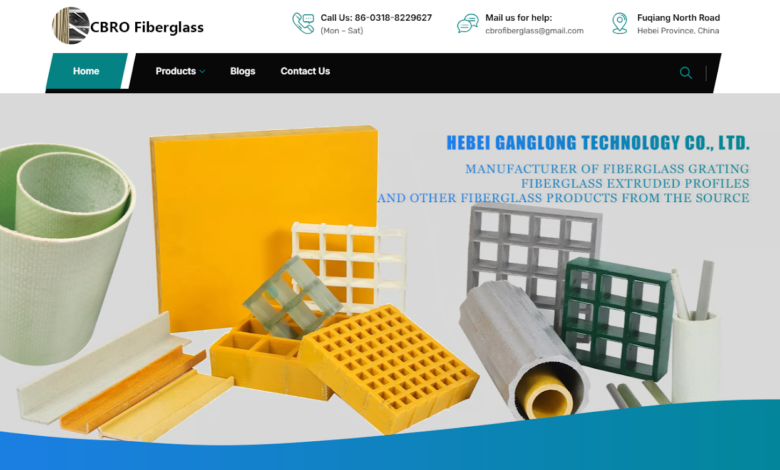Overcoming Challenges in Cable Ladder Systems

Cable ladders offer a wide range of benefits, including flexibility, durability, and cost-effectiveness, but they are not without challenges. Understanding these challenges is essential to ensuring that the system performs at its best over the long term. Below is an overview of the challenges commonly faced in cable ladder systems, as well as potential solutions to address these obstacles.
Installation Complexity
One of the primary challenges of using cable ladder is the installation complexity, especially for large-scale projects. While modular in design, assembly can still be labor-intensive, requiring skilled labor and careful planning to align all components properly. The challenge can be exacerbated in environments with restricted spaces or intricate routing paths, which make installation trickier compared to other cable management systems.
- Solution: Pre-fabricated components and thorough planning can make the installation process smoother. Chopped Strand Mat reinforcements can also be integrated into custom installations for added strength and flexibility, simplifying the assembly in complex environments.
Space Constraints
Another challenge is dealing with space constraints, especially in areas with limited ceiling heights or tight pathways. Cable ladders require adequate room for both installation and cable routing. In spaces where there is not enough room, the ladder system may need to be suspended from the ceiling or walls, requiring additional support structures.
- Solution: To make the most of limited space, it’s critical to calculate the dimensions of the required ladder system before installation. Custom sizing and flexible configurations will ensure the ladder fits into the available space. Fiberglass Sheets are sometimes used in these settings to create lightweight yet durable ladder components that reduce the burden on space without sacrificing strength.
Weight and Load Capacity
Cable ladders are designed to support heavy cables and equipment, but improper load assessment can lead to issues with load capacity. Overloading the ladder can cause sagging, bending, or even failure of the system. Properly assessing the weight requirements is essential to ensuring the ladder’s longevity and structural integrity.
- Solution: Calculating the total weight of the cables and ensuring the ladder can handle it is crucial. Using heavy-duty cable ladders or additional support structures can prevent overloading. Chopped Strand Mat can be used to reinforce the structure of heavier ladders, making them more capable of supporting large cable bundles.
Corrosion and Environmental Exposure
Corrosion is a significant issue for cable ladders installed in outdoor or harsh environments. Exposure to moisture, chemicals, or extreme temperatures can cause materials to deteriorate, weakening the ladder and reducing its lifespan. This challenge is especially pronounced for metal ladders made of standard steel.
- Solution: Many cable ladders are manufactured using corrosion-resistant materials like hot-dip galvanized steel or stainless steel. In areas with higher corrosion risks, fiberglass ladders or those with protective coatings can offer better longevity. Additionally, fiberglass materials provide excellent resistance to harsh environmental conditions.
Maintenance and Accessibility
While cable ladders offer easier access for maintenance compared to solid trays, they still require regular maintenance. The open design means that cables can be exposed to dirt, dust, and debris, all of which can impact the performance of the system. Regular inspections are needed to identify wear and tear before it causes any major issues.
- Solution: Scheduling routine maintenance checks and ensuring easy access to cables is essential. The modular design of cable ladders allows for efficient inspections and modifications. Using Fiberglass Sheets in the construction of the ladder can reduce wear from external environmental factors, extending the life of the system.
Aesthetic Considerations
In some commercial installations, the aesthetic impact of the cable ladder may be a concern. The industrial look of open cable ladders might not always blend well with interior designs, especially in visible areas like office spaces or client-facing environments.
- Solution: Cable ladder covers or enclosures can be added to improve the visual appeal of the system. Additionally, fiberglass ladders can provide a more streamlined, visually appealing alternative for spaces where aesthetics are a priority.
Cost Considerations
Although cable ladders are cost-effective for heavy-duty applications, they may be pricier compared to other types of cable management systems. The overall cost includes not only the price of the ladder itself but also installation and maintenance over time.
- Solution: Despite the higher initial costs, cable ladders offer long-term benefits that justify the investment. A well-designed ladder system can reduce the need for frequent repairs and replacements. Materials like Chopped Strand Mat can help provide cost-effective reinforcement for heavy-duty applications without significantly increasing the cost.
Noise and Vibration
In industrial environments, noise and vibration can be an issue with cable ladders. The hollow structure of the ladder may amplify vibrations or noise, especially when cables move or equipment causes external vibrations.
- Solution: Noise reduction methods, such as installing shock absorbers or dampeners, can help minimize the impact of these issues. Additionally, Fiberglass Sheets can be used to dampen vibrations and reduce the noise caused by cables moving within the ladder system.



